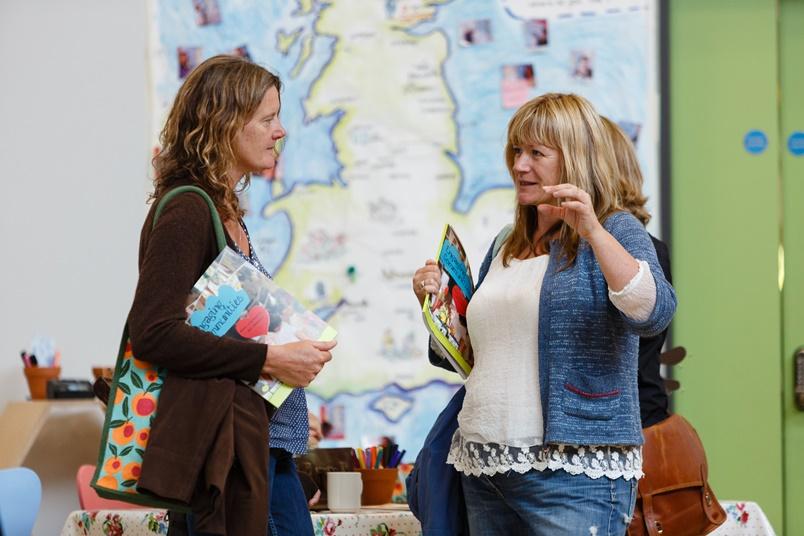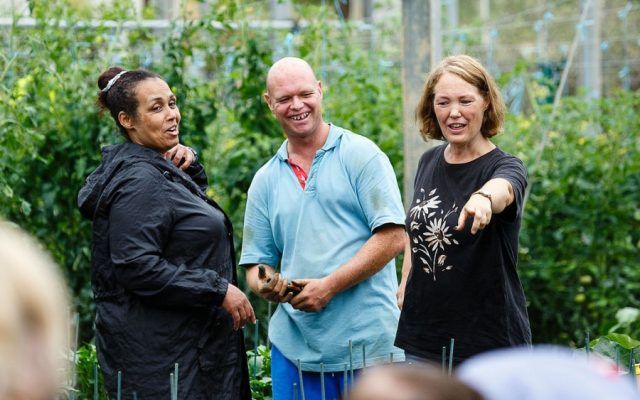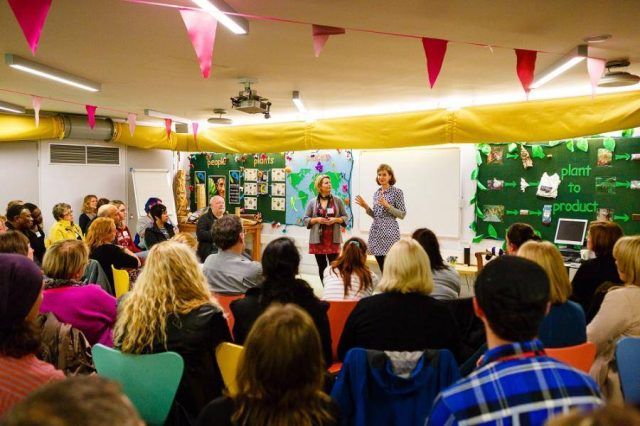How to engage your community
The best community engagers ask people what they want before the project starts and allow people to take an active role in designing and delivering it. If you’re planning a new project for your neighbourhood, whether it’s a green space, a lantern parade or a wind turbine, you need to get your community behind the project. Learn why it's important to engage your community, and how to organise a community engagement event.

1) Get a variety of perspectives
Your neighbourhood is full of amazing people with all sorts of skills and knowledge — it makes sense to get them involved. Community engagement is a great way to tap into local knowledge and solve problems. Not everyone will participate to the same degree, but everyone should have the opportunity to take part in some way, even if it’s just having the chance to tell you what they think. For example, you might propose a community garden and find out that everyone actually wants a play area!
The most basic kind of community engagement is a survey through someone’s door. It’s probably the least inspiring way of asking people what they want and it doesn’t make allowances for people with low literacy levels. If this is the only option available to you (and it’s unlikely that it is), make sure it is short and to the point. If you need survey data (because your funder requires it), consider running the survey at an event. You could also hold meetings and focus groups to get more personalised, qualitative feedback too.
2) Hold a community engagement event
It doesn’t matter how big or small the project is – if it’s going to make a difference to your neighbourhood you’ll need some help, and that usually means volunteers. Holding a community engagement event will give you the chance to sound out people about how they think the neighbourhood could be improved and find out who is interested in helping. Here are our top tips for holding community engagement events
- Give people plenty of notice and ensure that the venue is accessible, that there’s parking available nearby and hold your event at a time when your target audience is available.
- Promote your event — posters in shop windows, leaflets through doors (if you can afford them), use Facebook and Twitter to get the word out. Talk to other community groups and organisations in the area.
- Don’t worry about making it professional — just make it friendly. A cup of tea and a piece of cake shows people you value their time.
- Ask simple, open questions that give people the chance to express themselves. Avoid questions with ‘yes / no’ answers’. Ask your audience what they might use a community garden for, or the kind of community garden they might want, and you can use that feedback to inform its design.
- Provide lots of inspiration. Mood boards are a really easy way to show people the range of options out there and encourage them to think beyond the obvious — a community shop could also be a cinema or a cafe as well, for instance. Satellite maps can help to bring ideas to life. Have a look at our collection of community stories; they could help spark some ideas.
- Make it interactive. Give people the chance to respond to the suggestions and make their own. Use Post-it notes or encourage people to write on a poster, so that everyone gets the chance to have their say and react to other people’s suggestions.
3) Back up funding bids
Most funders and planners will only take a community project seriously if you can prove that there is a ‘need’ for it. You’ll need to be able to show that you’ve engaged the community and people support the project, and ideally that they’ve taken part in its design. Funders will also expect you to show how successful the project was and that could include positive feedback from the wider community.
If you’ve asked people what they think, ensure that everyone gets to hear the conclusions — collect email addresses and put together an article for a local paper or newsletter. Keep everyone informed of the project’s progress.
4) Inspire local people
Engaging your community isn’t just about asking people what they want — it’s also a chance to inspire them with new ideas and ways of doing things. Show people the incredible variety of community gardens and their uses, and they’ll stop thinking it’s all about turnips and sheds and start to use their imaginations. Ask them where it should be and you might end up designing a rooftop garden or ‘guerrilla gardening’ a roundabout.


